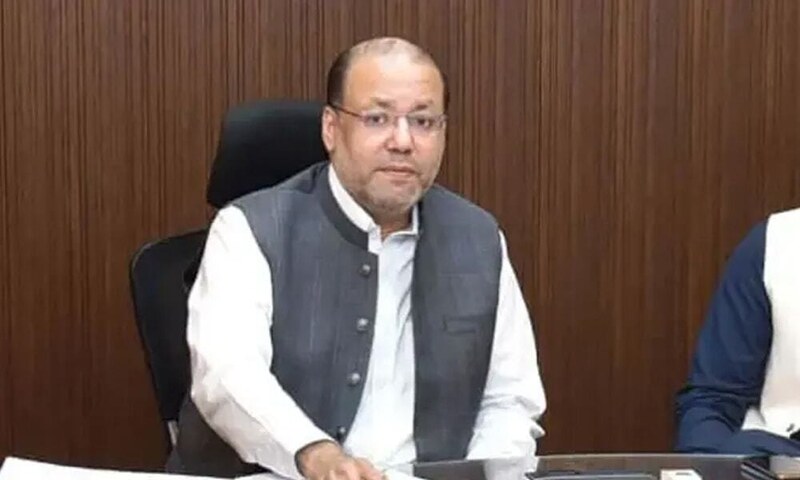Copyright thehindu

Offshore wind energy is on track to triple globally by 2030, offering a rare climate success story amid global energy uncertainty, according to a new report by Ember, an energy and climate think tank based in the U.K., in collaboration with the Global Offshore Wind Alliance (GOWA). Released on October 30, ahead of the United Nations Climate Change Conference or COP30 in Belém, Brazil, the report urges governments to turn targets into action, as shortfalls loom and the pace of deployment has to accelerate sixfold to meet climate goals. The report finds that 27 countries have now set national offshore wind targets, amounting to 263 GW (gigawatts), rising to 395 GW when China’s forecasted capacity is included, and nearly reaching the 413 GW deemed necessary by the International Renewable Energy Agency to stay on track with the 1.5°C pathway (of limiting global warming to 1.5°C above pre-industrial levels). While the U.S. faces policy reversals and market headwinds, momentum elsewhere remains strong. Europe leads with 15 countries targeting 99 GW by 2030, and Asia is rapidly scaling up. Japan, South Korea, Taiwan, and Vietnam collectively target 41 GW, with Japan alone planning to reach 41 GW by 2040, including 15 GW of floating offshore wind. India has set a national offshore wind target of 30-37 GW by 2030, according to the Ministry of New and Renewable Energy. While no post-2030 targets have been proposed yet, the country’s bidding trajectory signals growing ambition in the sector. China, although lacking a national target, is surging ahead provincially. Eleven coastal provinces have set 2025 targets totaling 64 GW, and the recent Beijing Declaration 2.0 commits to installing 15 GW annually from 2026 to 2030, nearly double its previous pace. Guangdong province alone is targeting 66 GW by 2030. The report also highlights the growing importance of floating offshore wind, with seven countries setting specific targets. The U.K. and Portugal aim for 5 GW and 2 GW respectively by 2030, while France, Norway, Korea, the U.S., and Japan have post-2030 ambitions. Japan’s floating wind target of 15 GW by 2040 is among the most ambitious globally. Subnational momentum is also rising, with 27 States and provinces setting their own goals. In the U.S., 11 States have a combined target of 84 GW, including California (25 GW by 2045), and New York (9 GW by 2035). These subnational efforts are helping to offset federal-level uncertainty and delays. Despite the sector’s challenges, including cost inflation, supply chain bottlenecks, and delays in securing permits, the report stresses that clear and credible targets are essential to anchor offshore wind within national energy strategies and attract investment. However, the Global Wind Energy Council and the International Energy Agency have both revised their forecasts downward, warning that most countries may miss their 2030 goals unless deployment accelerates significantly. “Offshore wind already delivers 83 GW of energy capacity across the world, enough to power 73 million homes. Government targets have been fundamental to help drive the scale-up of the offshore wind industry this decade. To countries thinking about agreeing to new targets or extending existing targets, the message is clear — now is the time to act, to help spur the next wave of growth,” Dave Jones, chief analyst at Ember, said., “Offshore wind targets have proven to be powerful drivers in accelerating deployment, giving governments, investors, and industry the pipeline visibility needed to plan and invest with confidence. Pipelines deliver projects, and projects deliver progress on energy and climate goals,” Amisha Patel, Head of Secretariat at GOWA, said. “Despite recent obstacles facing the sector, the fundamentals of offshore wind energy have not changed. We are now seeing positive momentum building and concrete steps being taken worldwide to advance offshore wind, a technology with decades of proven success at scale,” she said. The report also identifies 88 countries with offshore wind potential, including emerging markets such as Brazil, Chile, Morocco, New Zealand, and Azerbaijan. Morocco is set to build Africa’s first offshore wind farm (1 GW) by 2029, while Brazil is preparing for its first offshore wind auction in 2026. These developments signal a growing global appetite for offshore wind beyond traditional markets. “With Brazil joining GOWA at COP28 in Dubai and now holding the COP30 Presidency, we call on the Presidency to truly make this a COP of implementation, and encourage governments to recognise offshore wind as a cornerstone of the clean energy transition,” Ms. Patel said.



